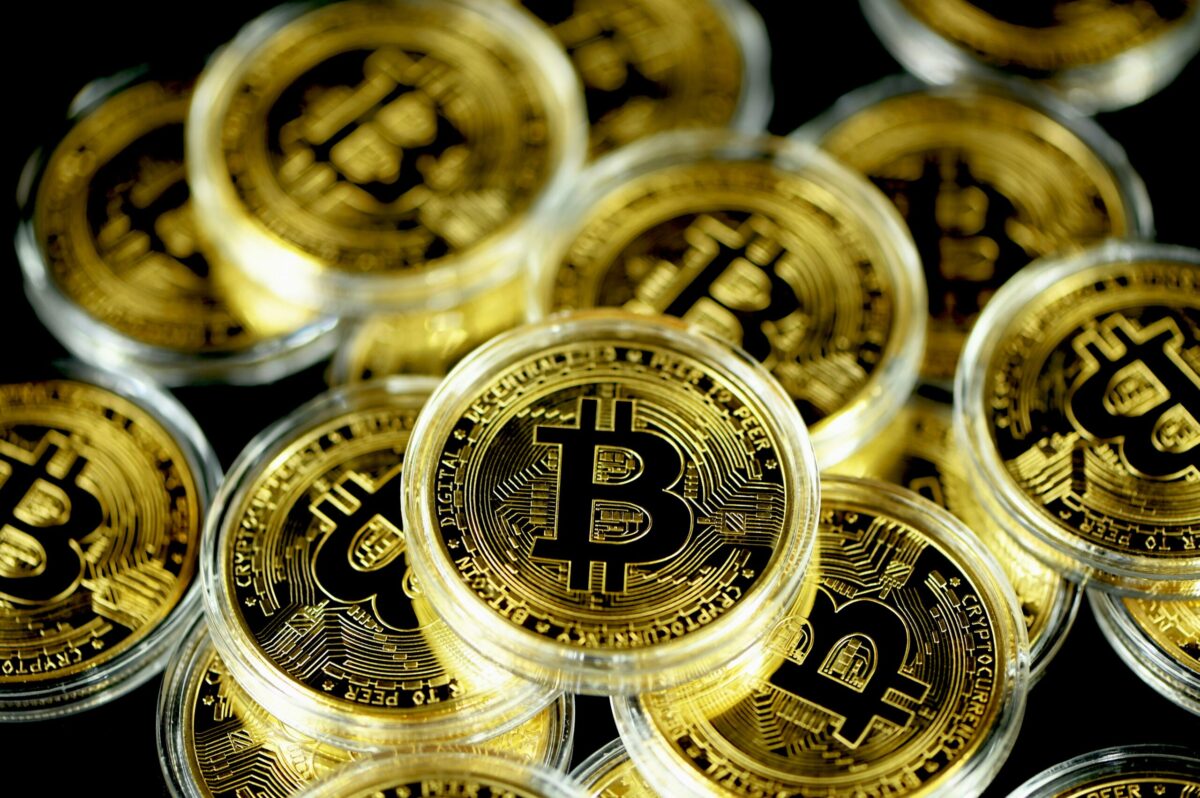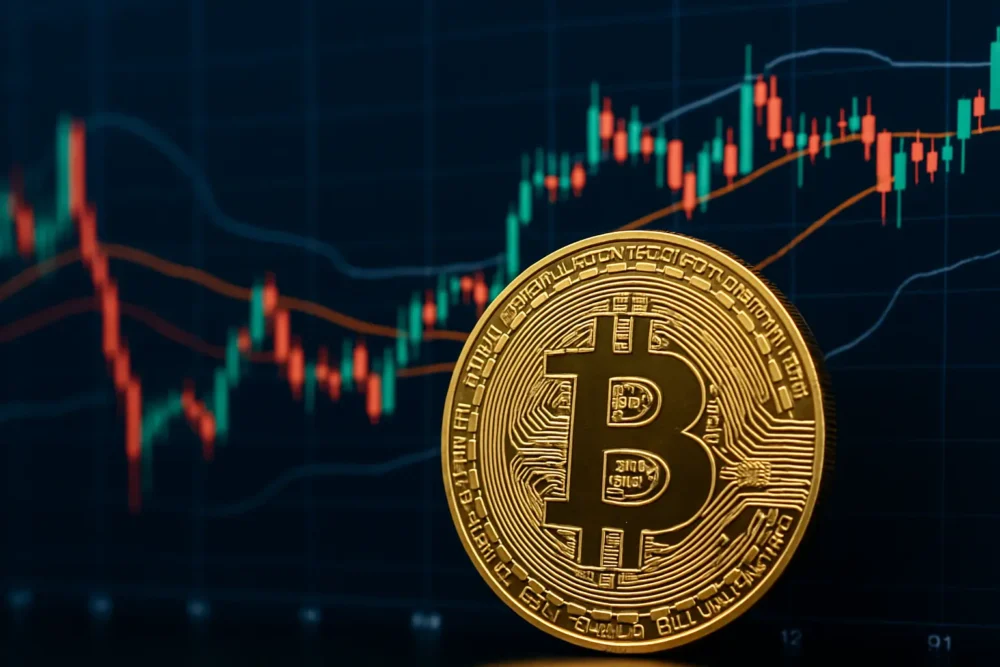Tether, the company behind the $USDT stablecoin, has significantly expanded its Bitcoin ($BTC) reserves with a major purchase in the first quarter of 2025.
The company acquired 8,888 $BTC, valued at approximately $735 million, reinforcing its position as one of the largest institutional Bitcoin holders.
This latest purchase brings Tether’s total Bitcoin holdings to 92,647 $BTC, worth around $7.64 billion at current market rates. According to on-chain data from Spot On Chain, Tether’s unrealised profit on its Bitcoin holdings stands at approximately $3.86 billion.
Despite a challenging start to the year for Bitcoin, with the cryptocurrency experiencing a 12% decline in Q1 2025—its worst quarterly performance in seven years—Tether has remained committed to its accumulation strategy. This decline did not deter the company from continuing its planned investments.
Tether’s long-term approach to Bitcoin acquisitions was first announced in May 2023, when it outlined its strategy to allocate 15% of its net realised operating profits each quarter toward Bitcoin purchases.
These acquisitions occur gradually throughout the quarter and are finalised at the end of the period. The goal of this strategy is to diversify and strengthen Tether’s reserve assets while reinforcing its commitment to Bitcoin as a core treasury holding.
Tether’s Bitcoin purchases are not a new development. The company has been consistently adding to its reserves since at least December 2023.
Notably, this is not the first time Tether has acquired exactly 8,888 $BTC. Similar purchases were made on 31 December 2023 and 31 March 2024, albeit at different valuations.
The December 2023 purchase cost Tether $379 million, whereas the March 2024 acquisition was significantly higher at over $627 million. The latest buy, at $735 million, indicates that the company is continuing its strategy despite fluctuating market prices.
Beyond Bitcoin, Tether has also been diversifying its investments into emerging technology sectors. The company has allocated funds toward artificial intelligence, Bitcoin mining, and decentralised communication technologies.
This diversification suggests that Tether is positioning itself for long-term growth and stability beyond the stablecoin market.
Competition in the stablecoin market heats up
Tether’s latest Bitcoin acquisition comes at a time of increasing competition in the stablecoin sector. Rivals such as Ripple and Circle are expanding their market presence, posing new challenges to Tether’s dominance.
Ripple recently launched $RLUSD, a new stablecoin designed to compete with $USDT and $USDC. Meanwhile, Circle has been strengthening its global position, particularly in Europe, following regulatory changes under the European Union’s Markets in Crypto-Assets (MiCA) framework.
The new regulations have reduced Tether’s role in the region, creating an opportunity for competitors to gain market share.
Circle is also preparing for a major financial milestone. The company is expected to file for an initial public offering (IPO) in late April 2025. JPMorgan and Citi are leading the offering, and if approved, Circle’s stock could debut on Wall Street as early as May.
Reports estimate that the company could be valued between $4 billion and $5 billion. An IPO would provide Circle with additional capital to expand its operations and further compete with Tether in the stablecoin market.
Amid these competitive pressures, Tether is considering expanding its operations in the United States. In a January 2025 interview with Bloomberg, Tether’s CEO, Paolo Ardoino, suggested that the company sees improved market conditions and a more favourable regulatory environment under President Donald Trump as key reasons for a potential US expansion.
This consideration follows Tether’s decision to move its operations to El Salvador in early 2024. The pro-Bitcoin nation granted Tether a digital asset service provider license on 13 January, allowing the company to operate with greater regulatory clarity.
Financially, Tether continues to report strong performance. The company posted a record profit of $2.5 billion in Q3 2024, bringing its total earnings for the first nine months of that year to $7.7 billion.
Additionally, $USDT’s market capitalisation grew by 30% in 2024, reaching $120 billion. These figures highlight the company’s financial strength even as it faces increasing competition in the stablecoin market.
Tether’s expanding influence in the financial sector
Tether’s aggressive Bitcoin accumulation is part of a broader trend of institutional adoption of the asset. Several other major firms have also been increasing their Bitcoin holdings.
Strategy, led by Michael Saylor, remains a leading advocate of Bitcoin accumulation, recently purchasing over $2 billion worth of Bitcoin, bringing its total holdings to 528,000 $BTC.
Other companies, including Metaplanet and Semler Scientific, have also been making Bitcoin purchases, albeit on a smaller scale.
One notable trend among institutional Bitcoin buyers is the use of debt-financed strategies to fund their acquisitions. Many firms are leveraging debt to finance their Bitcoin purchases, betting on long-term price appreciation.
This strategy, while risky, is seen as a way to maximise exposure to Bitcoin while preserving operational cash flow. Despite these large acquisitions, Bitcoin’s price has not yet fully reflected the buying pressure.
At the time of writing, Bitcoin is trading at approximately $83,523, reflecting a modest 2.13% increase over 24 hours.
Beyond cryptocurrency, Tether has also become a significant player in the traditional financial markets. The company invested approximately $33.1 billion in US Treasury bills in 2024, making it the seventh-largest investor among nations that purchased US government debt.
This means that Tether holds more US treasuries than some major economies, including Canada and Germany. This investment strategy highlights Tether’s ability to manage substantial financial reserves and further strengthens its position as a major financial entity.
In the stablecoin market, Tether’s $USDT has been expanding aggressively. $USDT’s market capitalisation reached an all-time high of $143.92 billion in April 2025, contributing to the global stablecoin market cap surpassing $233.93 billion.
This represents a near doubling of the stablecoin market over the past four years. While other stablecoins, such as $USDC, have seen strong growth, $USDT remains the dominant player, with a market cap approximately 2.4 times higher than $USDC’s $60 billion valuation.
Tether’s rapid minting of $USDT aligns with broader market trends. Historically, stablecoin demand tends to rise during periods of market uncertainty or bearish conditions.
Investors often sell volatile assets in exchange for stablecoins, which they can later deploy when market conditions improve. Since the crypto bull market began gaining momentum in late 2023, stablecoin demand has surged, leading to significant growth in the sector.
Tether’s influence in the financial sector is becoming more apparent as it continues expanding its reserves with real-world assets. The company’s combination of Bitcoin acquisitions, US Treasury investments, and stablecoin dominance positions it as a key player in both the cryptocurrency and traditional finance markets.
However, regulatory developments, competition from emerging stablecoin projects, and fluctuations in Bitcoin’s price will remain key factors shaping Tether’s future.
Tether’s latest Bitcoin acquisition reinforces its commitment to cryptocurrency as a fundamental part of its reserve strategy. Despite market volatility and increasing competition, the company remains a dominant force in both the digital asset and financial sectors.
With its aggressive Bitcoin accumulation, substantial US Treasury investments, and continued $USDT minting, Tether’s influence is set to grow further in the coming years.
However, regulatory challenges and competition from stablecoin rivals such as Circle and Ripple will test its ability to maintain market leadership.


